
Copernical Team
Scientists study mode switching control for drag-free satellite based on region of attraction
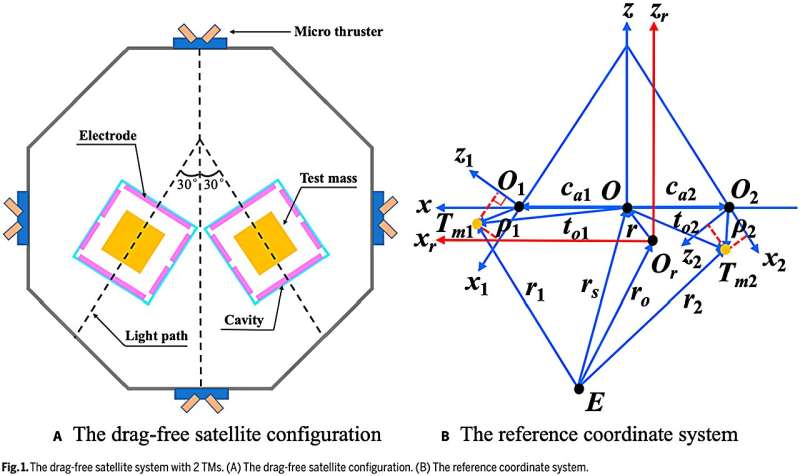
In recent decades, drag-free satellites have been used in high-precision missions, such as testing the general relativity, verifying the geodetic and frame-dragging effects, measuring Earth's gravity field, etc. In space gravitational wave detection, drag-free satellites play an important role.
Previous research on the drag-free satellite has focused on the drag-free control algorithm. Nevertheless, science mode and nonscience mode have different control forces, sensor measurement range, measurement noise, and reaction force noise. Therefore, the different controllers for the capture control mode and the high-accuracy control mode of the test mass (TM) need to be designed.
However, it is easy to cause system instability or even uncontrollability when switching between different controllers. Research on the switching control between different modes is very important. In the drag-free satellite, there is little research on the switching control between different modes. Multi-degree of freedom strong coupling and controller saturation remains an urgent problem to be solved.
Final images before Aeolus's demise
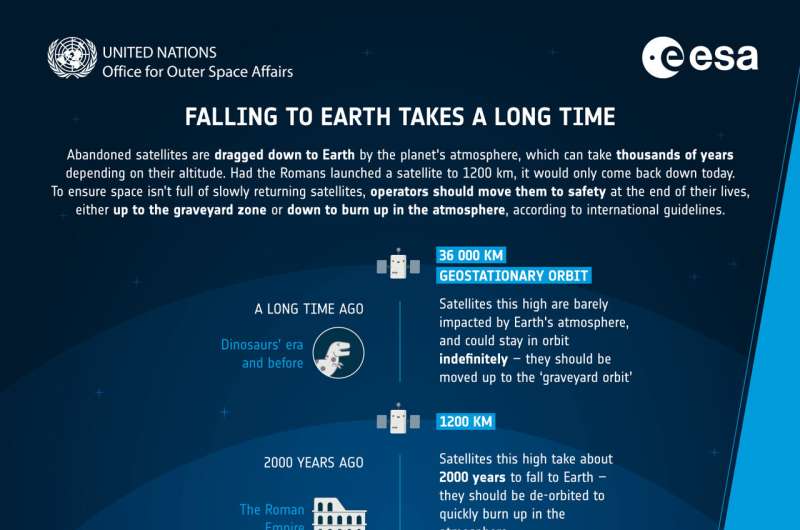
International regulations on space debris mitigation set a limit on how long a satellite should linger in orbit once its mission is complete—it mustn't be longer than 25 years.
For missions flying at low altitudes, their return is made faster as they are grasped by Earth's wispy atmosphere and are quickly brought home.
During Aeolus's first-of-its-kind assisted reentry in July, not only was the (already low) risk from falling debris reduced by a factor of 150, but the time during which Aeolus was left uncontrolled in orbit was shortened by a few weeks, limiting the risk of collision with other satellites in this vital space highway.
Moving moments
NASA's Psyche mission on track for liftoff next month
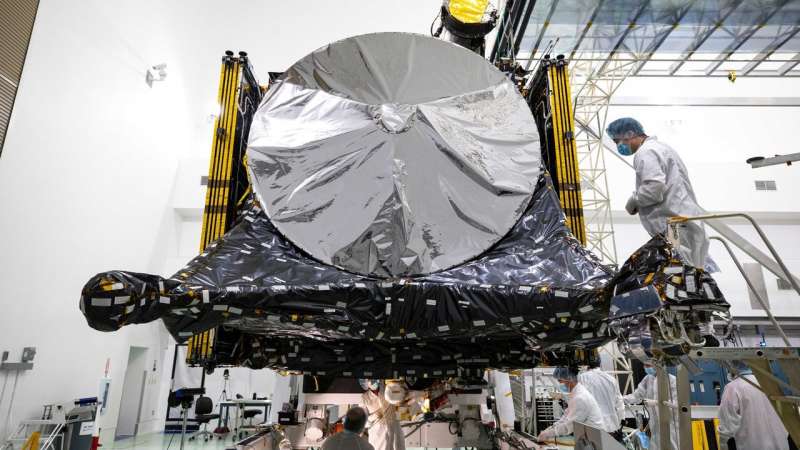
Bound for a metal-rich asteroid of the same name, the Psyche mission is targeting Oct. 5 to launch from NASA's Kennedy Space Center in Florida.
The spacecraft's solar arrays are folded like an envelope into their stowed position. Xenon gas—fuel for the journey to the asteroid belt—is loaded.
NASA's oxygen-generating experiment MOXIE completes Mars mission
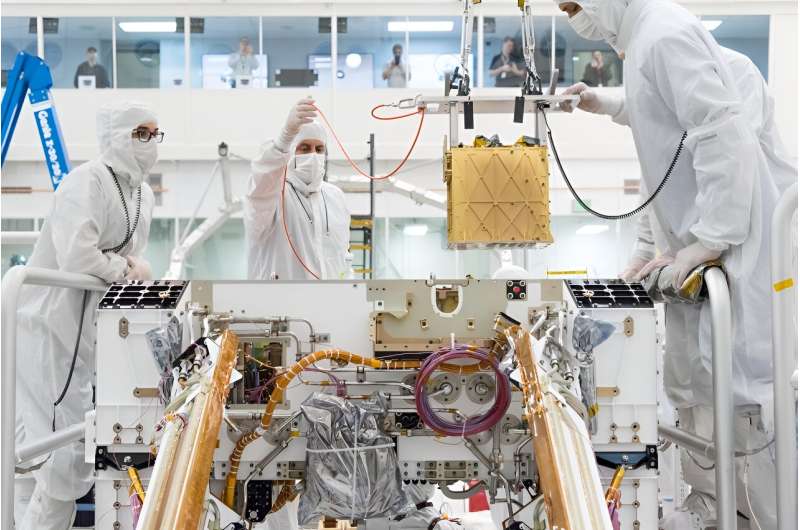
When the first astronauts land on Mars, they may have the descendants of a microwave-oven-size device to thank for the air they breathe and the rocket propellant that gets them home. That device, called MOXIE (Mars Oxygen In-Situ Resource Utilization Experiment), has generated oxygen for the 16th and final time aboard NASA's Perseverance rover.
Examining the effect of different geometric porosities on aerodynamic characteristics of supersonic parachutes

The safe landing of the probe is one of the most difficult challenges in Mars exploration, and the Mars supersonic parachute is extremely important for this process. To date, all the successful Mars exploration missions have used disk-gap-band (DGB) parachutes. However, the DGB parachute with the highest diameter of 21.35 m cannot be further used for future Mars exploration missions with higher loads.
Next-generation supersonic parachutes conducted by NASA, such as disksail parachutes, are alternatives to DGB parachutes. Disksail parachutes have larger porous gaps and smaller porous seams on the canopy surface than DGB parachutes. However, there are few studies on the aerodynamic characteristics of supersonic parachutes with different geometric porosity structures and locations.
Hence, the influence mechanism of porous seams or gaps and their locations on the performance of supersonic parachute systems in Martian atmospheric conditions remains unclear.
Have we really found the first samples from beyond the solar system? The evidence is not convincing

Avi Loeb, an astrophysicist at Harvard University in the US, has published a press release claiming that some of the 700 or so spherical metallic fragments (spherules) he recovered from the bottom of the Pacific Ocean, just off the coast of Papua New Guinea, are from beyond the solar system.
The discovery was quite interesting because, although such spherules are distributed globally, it is not easy to recover them from the depths of the ocean bed—requiring a dredging operation with a powerful magnet. But Loeb has speculated that the spherules may be related to the passage of an interstellar meteor, IM1, which burned up over the South Pacific Ocean in January, 2014. He has even hypothesized that the spherules are actually debris from an alien spacecraft. I commented at the time that I'd need firm analytical evidence to accept such interpretations.
Loeb has now provided a very detailed set of analytical data of 57 spherules in an article submitted to a journal.
Camera ‘hack’ lets Solar Orbiter peer deeper into Sun’s atmosphere
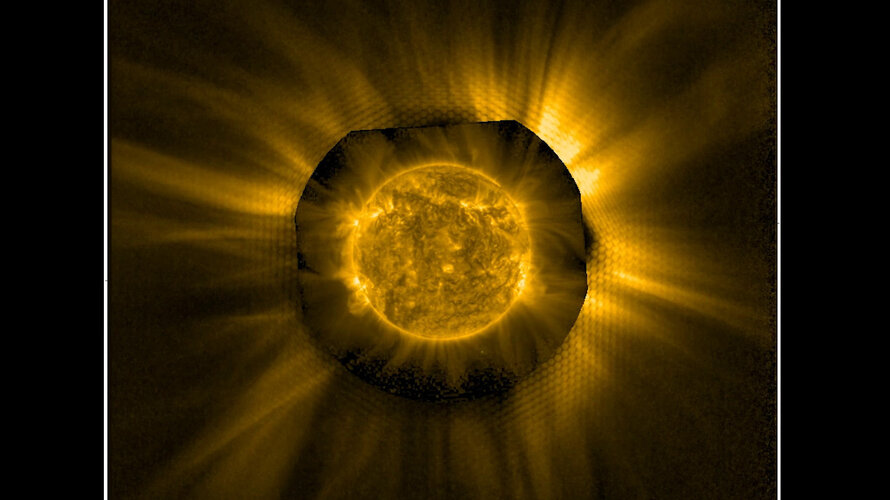
Scientists have used Solar Orbiter’s EUI camera in a new mode of operation to record part of the Sun’s atmosphere at extreme ultraviolet wavelengths that has been almost impossible to image until now. This new mode of operation was made possible with a last-minute ‘hack’ to the camera and will almost certainly influence new solar instruments for future missions.
A simpler way to connect quantum computers
 Researchers have a new way to connect quantum devices over long distances, a necessary step toward allowing the technology to play a role in future communications systems.
While today's classical data signals can get amplified across a city or an ocean, quantum signals cannot. They must be repeated in intervals - that is, stopped, copied and passed on by specialized machines called quantum
Researchers have a new way to connect quantum devices over long distances, a necessary step toward allowing the technology to play a role in future communications systems.
While today's classical data signals can get amplified across a city or an ocean, quantum signals cannot. They must be repeated in intervals - that is, stopped, copied and passed on by specialized machines called quantum Golden rules for building atomic blocks
 National University of Singapore (NUS) physicists have developed a technique to precisely control the alignment of supermoire lattices by using a set of golden rules, paving the way for the advancement of next generation moire quantum matter.
Moire patterns are formed when two identical periodic structures are overlaid with a relative twist angle between them or two different periodic stru
National University of Singapore (NUS) physicists have developed a technique to precisely control the alignment of supermoire lattices by using a set of golden rules, paving the way for the advancement of next generation moire quantum matter.
Moire patterns are formed when two identical periodic structures are overlaid with a relative twist angle between them or two different periodic stru Hot-fire test of Ariane 6 core stage on launch pad
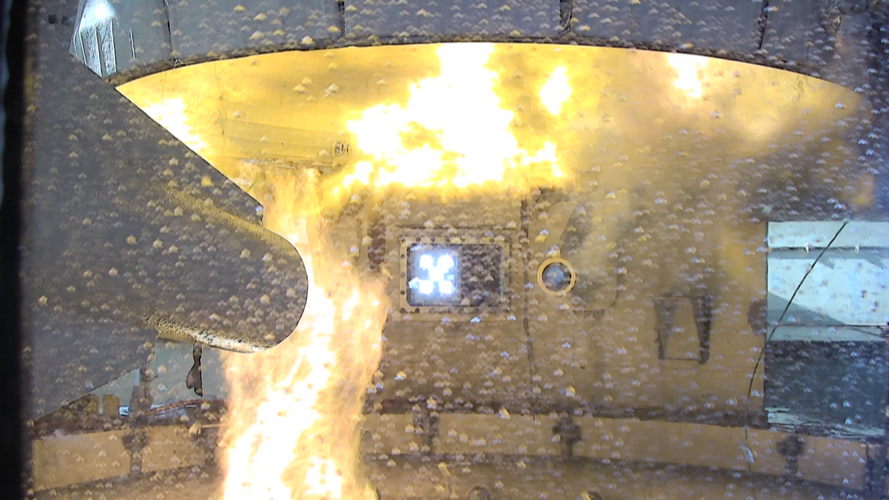 Video:
00:01:07
Video:
00:01:07
On 5 September 2023, teams from France’s space agency CNES and Arianegroup under the lead of ESA carried out a complete Ariane 6 launch sequence on its launch pad at Europe’s spaceport in French Guiana. The test ended with a hot-fire of the launcher’s core stage and startup of the Vulcain 2.1 engine.
This is a key step in the test campaign. It follows from initial integration of the Ariane 6 launcher on its launch pad, electrical and fluid system tests and the first launch sequence test run on 18 July 2023.
This test involved a launch sequence and

